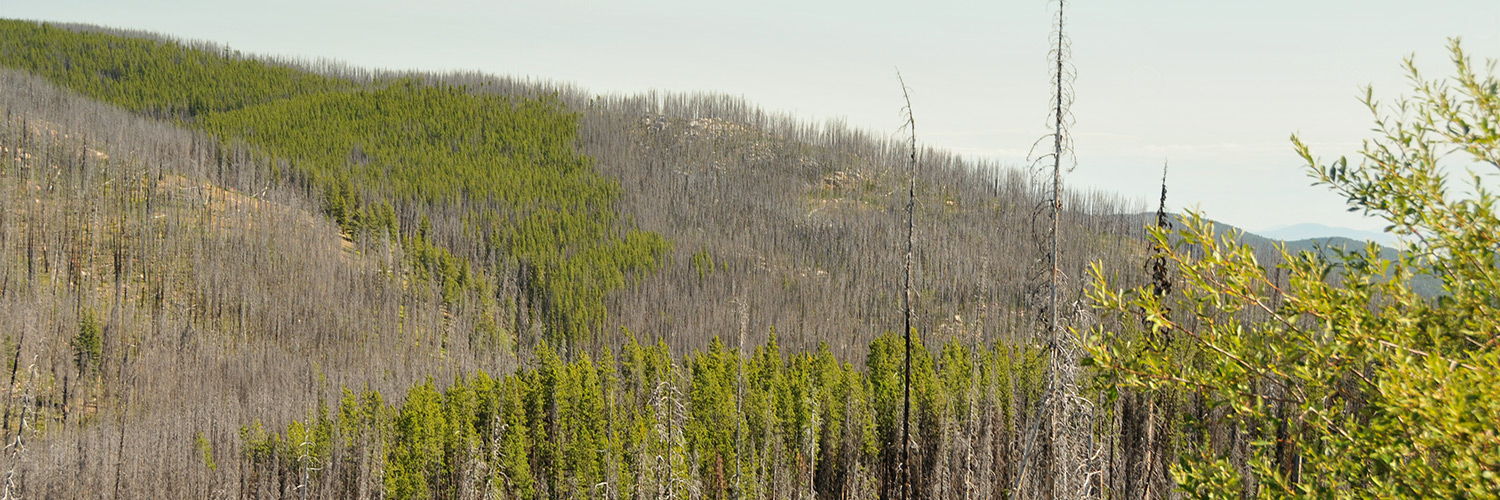Dr. Karen E. Hodges | Professor, Conservation Biology

General Research Interests
Because conservation biology is fundamentally a practical discipline, I have especially enjoyed collaborations with people who work for federal, provincial, or state agencies, as well as non-profits, consulting, and industry. Participating in science that contributes to action is a challenging activity, and my collaborators have made this process a deeply rewarding one in which I am constantly learning.
Expressions of interest from undergraduate students, graduate students, or postdoctoral fellows are welcome; almost all of these topics have supported students at all levels of education. Visit my contact page to get in touch.
As I hope you can see from my website, I support projects on a variety of taxa. Although my primary taxa of interest are mammals and birds, for the right project and person, I will happily support work on other groups if there is a strong rationale for it within my research program.
Conservation issues are global in scope and embrace a variety of disciplines. I currently focus on the areas of conservation-related research outlined below.
(1) Understanding the population dynamics and risks affecting individual species.
This interest involves field-based projects that are designed to provide demographically or behaviourally informative data on species of conservation or management concern. Often this research area involves looking at species interactions or habitat use and movements. Although individual projects provide data relevant to specific taxa, I also choose systems and questions that will offer more widely applicable insights into conservation decisions. I am particularly interested in how changes in landscape pattern affect predator-prey dynamics, e.g. through changes in foraging efficiency or altered community dynamics.
(2) Developing criteria to assess the conservation value of peripheral versus core populations.
At present, conservation decisions seldom focus on range position as an important variable, and we lack a broad understanding of which peripheral populations are likely to be most valuable or most expendable for long-term protection of species that are at risk of extinction. This issue is becoming more pressing, as range shifts induced by climate change are rapidly altering many species’ ranges. This interest entails both field projects (behaviour, demography) and mathematical modelling and meta-analyses (demography, traits predicting range-edge dynamics).
(3) Impacts of fire on mammals and birds.
We face a fiery future, of larger, hotter, more destructive, and more frequent forest fires. I am interested in how forest mammals and birds use landscapes after fires–how quickly they move back into burns, what kinds of residual structures or tree regeneration offer resources, and how fire size and shape affect wildlife over the short and long-term. These questions entail complicated experimental designs because wildfires occur in many severities, sizes, and times, and regeneration takes decades. I am also growing increasingly interested in fire refugia and climate refugia.
(4) Effects of biosolids application in grasslands on animal communities.
Many grasslands have been degraded by overgrazing, and biosolids offer one avenue for restoring soil fertility and forage production. Very little is known about how much these bottom-up impacts ramify into higher trophic levels. I’ve recently been enjoying a series of highly collaborative research projects to examine these food-web patterns. Current focal species include grasshoppers, beetles, moths, grouse, owls, corvids, raptors, small mammals, and songbirds.
(5) Ecologists and their research.
I am also interested in how ecologists do their research: this interest encompasses experimental design, methodological problems and use of indices and estimates, philosophy of ecology, metrics assessing impacts that researchers have, writing and rhetoric, and logic.
(6) Ecological terminology and the challenges of communicating clearly both within the field of ecology and externally with policy-makers, managers, and the public.
Some people argue that ‘fixing’ definitions of ecological terms will improve communication, but this position is not philosophically tenable and I have written several papers that draw from philosophy of language and science to show that trying to prescribe terms is doomed to failure and will not help communication. My papers show that terminological complexity is a fruitful signal of active fields of inquiry.
(7) Designation of critical habitat under the US Endangered Species Act and the Canadian Species at Risk Act.
Although habitat loss is a major threat to species globally, these legal tools for protecting habitat have been used inconsistently and sporadically. I have a continuing interest in analyzing how scientific information is used in legal processes. My papers in this area have been data-driven explorations of listing and recovery documents, showing where the laws are working well and where improvements are needed.